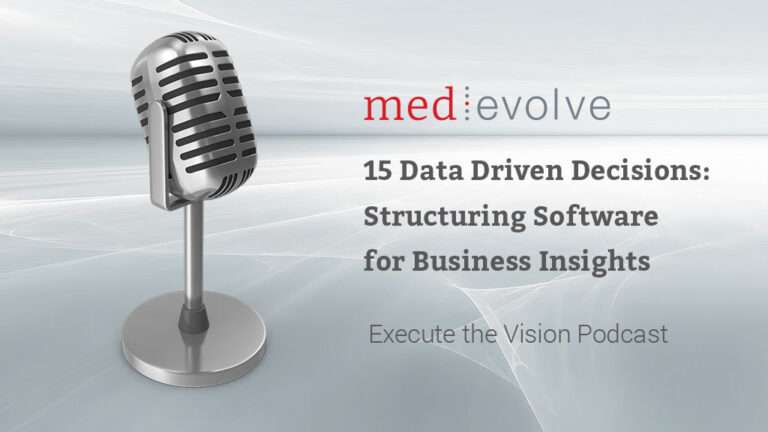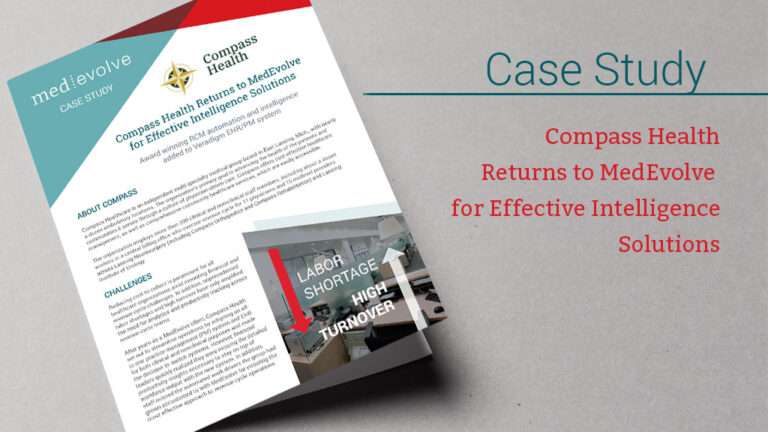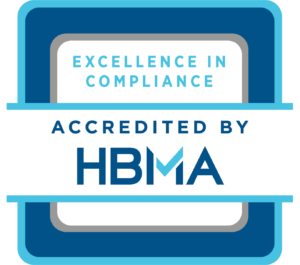Definition and objective
Adjudication and payment are key stages in the healthcare claims process that occur after a claim is submitted to an insurance company or government payer.
Adjudication
Adjudication refers to the process by which the insurance company or payer reviews and evaluates the submitted claim to determine its validity, accuracy, and reimbursement amount. Here are the key steps involved in claims adjudication:
- Eligibility Verification: The payer verifies the patient’s eligibility for coverage. This includes checking if the patient’s insurance policy was active on the date of service, if they have coverage for the specific services rendered, and if any pre-authorization or referral requirements were met.
- Code Validation: The payer reviews the assigned medical codes (ICD and CPT codes) on the claim to ensure they are accurate and appropriate. The codes are checked for consistency with the documented services and diagnoses.
- Medical Necessity Evaluation: The payer assesses the medical necessity of the services provided. They determine whether the services were reasonable and necessary based on established guidelines and coverage policies.
- Coverage Determination: The payer compares the submitted claim against the terms and conditions of the patient’s insurance policy. They verify if the services are covered, any limitations or exclusions that apply, and if any additional information or documentation is required to support the claim.
- Reimbursement Calculation: Based on the adjudication process, the payer determines the amount of reimbursement that will be provided to the healthcare provider. This calculation takes into account factors such as contracted rates, fee schedules, co-pays, deductibles, and any other applicable payment rules or adjustments.
Payment
The payment stage involves the actual issuance of reimbursement to the healthcare provider for the services rendered. Here’s an overview of the payment process:
- Payment Determination: Once the claim has been adjudicated, the payer calculates the reimbursement amount based on the determined coverage and payment rules. The payment amount is generally the responsibility of the insurance company or payer.
- Remittance Advice: The payer provides a remittance advice or Explanation of Benefits (EOB) to the healthcare provider. The remittance advice provides details about the processed claim, including the payment amount, any adjustments made, and explanations for denied or reduced payments. It serves as a communication tool between the payer and the healthcare provider, facilitating reconciliation and understanding of the payment details.
- Payment Issuance: The insurance company or payer initiates the payment to the healthcare provider. This can be done through electronic funds transfer (EFT) directly to the provider’s designated bank account or by issuing a physical check.
- Payment Posting: Upon receiving the payment, the healthcare provider’s billing or financial team records and posts the payment to the patient’s account in their financial system. This ensures accurate tracking of the payment and enables reconciliation with the corresponding claim.
It’s important to note that payment processes can vary depending on the insurance company or payer’s specific procedures, contract agreements, and timelines. Healthcare providers may have their own internal procedures for managing and reconciling payments received.
Adjudication and payment play a crucial role in the revenue cycle of healthcare providers. They ensure accurate reimbursement for services rendered, contribute to financial stability, and facilitate the smooth operation of healthcare practices.









